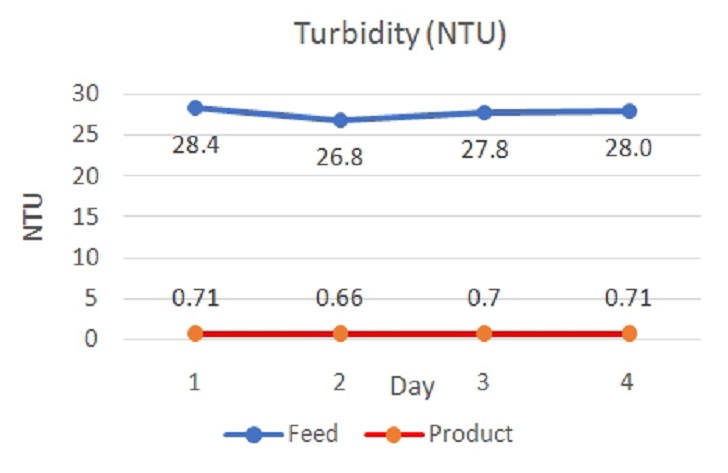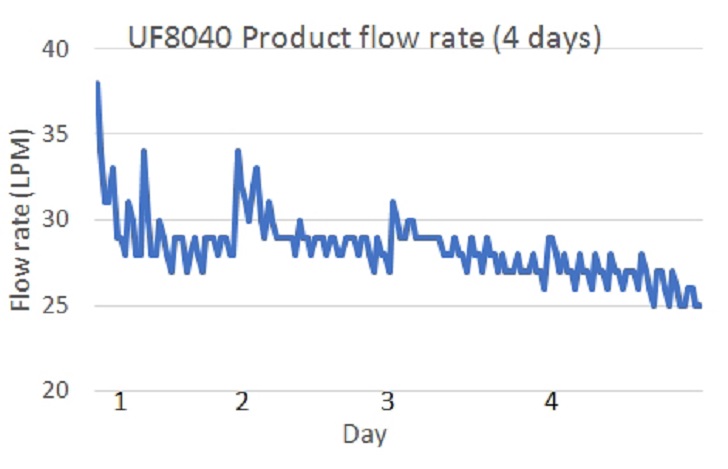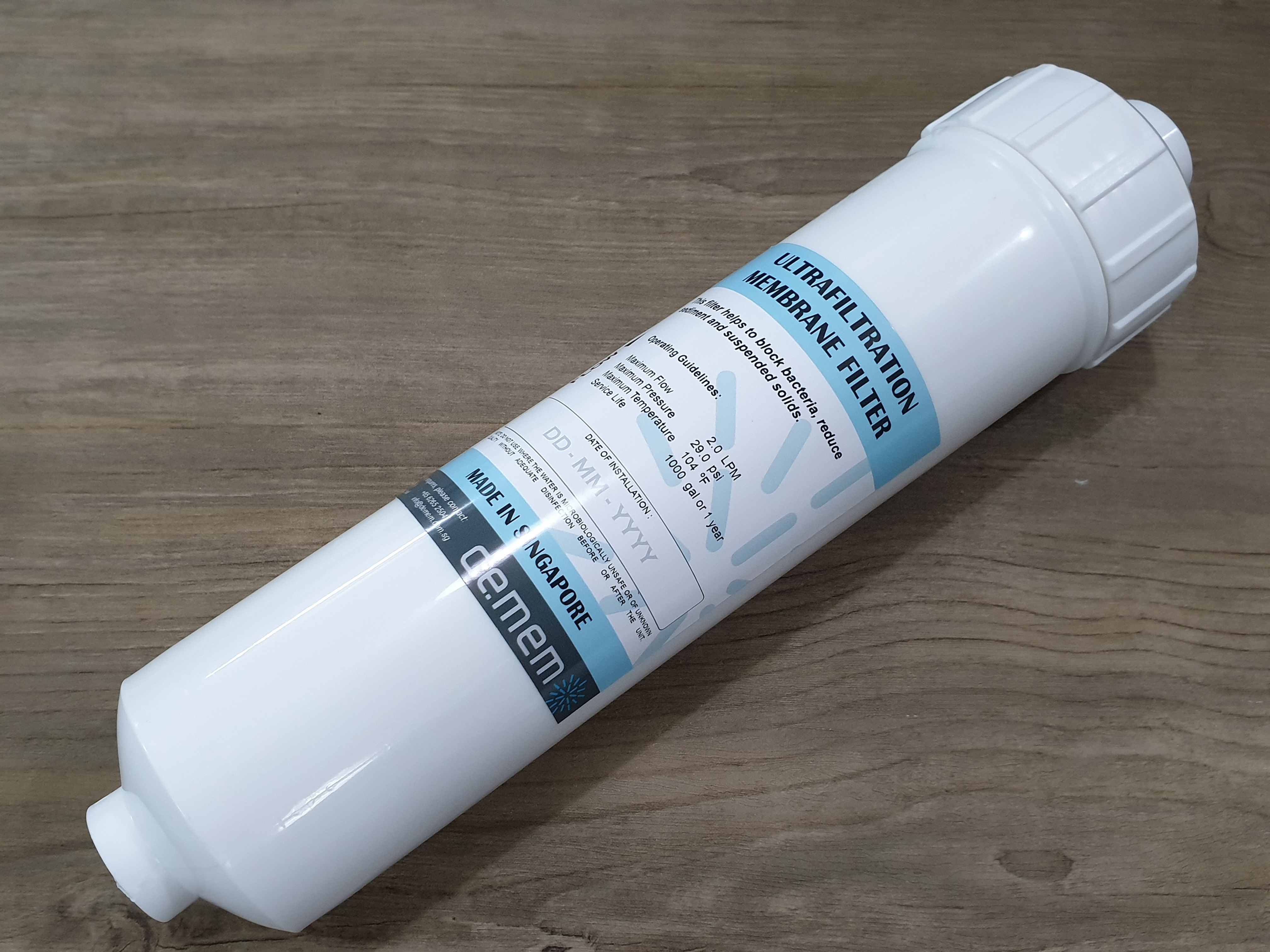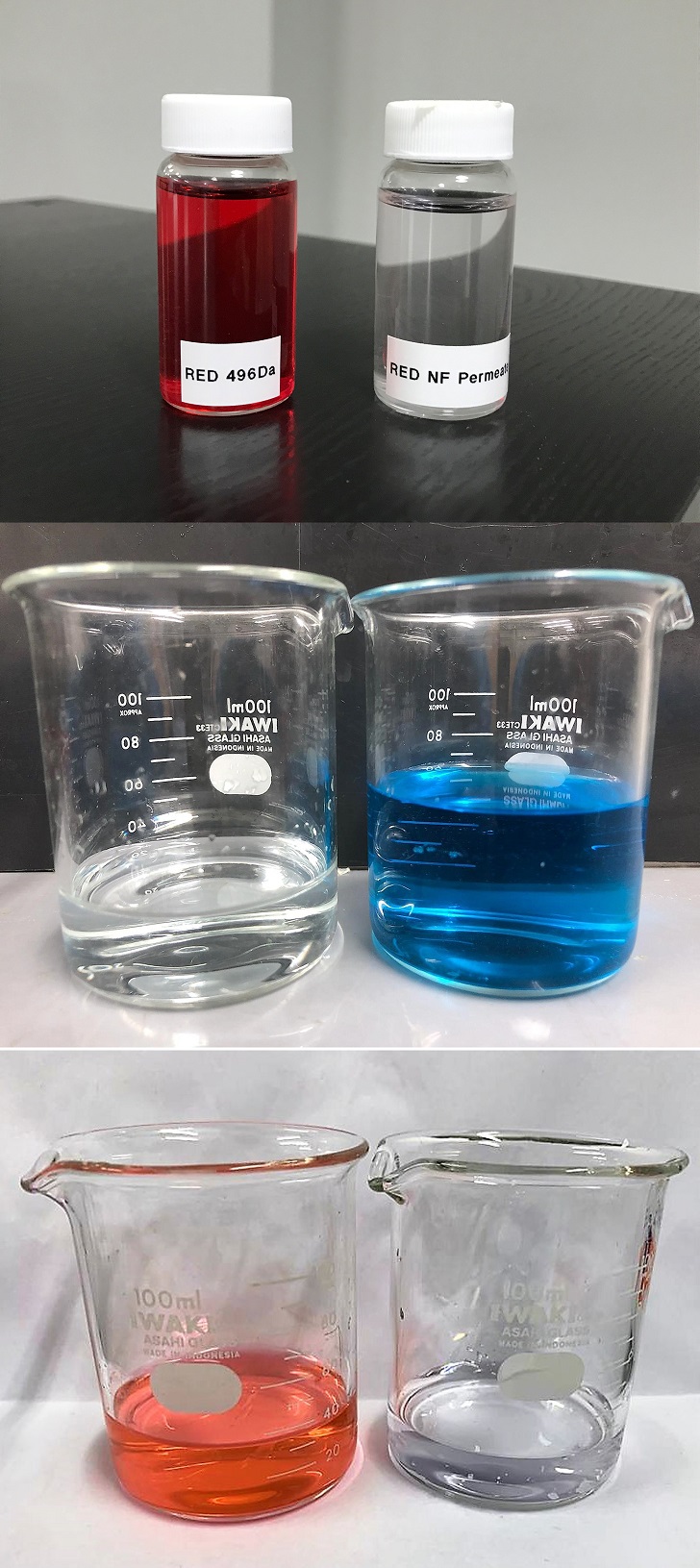



Andreas Kroell, CEO, De.mem Ltd, Australia and David Chua, Director Manufacturing & Technology, De.mem Pte Ltd, Singapore
The introduction of different products supports De.mem Ltd’s strategy of developing a portfolio of membranes, and helps to strengthen its customer-base and broaden revenue streams. In addition to licensing proprietary technologies, the Singaporean–Australian water and wastewater treatment business is actively pursuing proprietary technology by further advancing hollow-fibre ultrafiltration and nanofiltration membranes that it is developing in-house, as this article explains.
Different types of membranes enable De.mem to use its proprietary technology in an even wider range of projects with a large addressable market.
With a portfolio of ultrafiltration (UF) and nanofiltration (NF) membranes, it has proprietary products that are targeted at many applications, including the treatment of potable water, sewage and industrial wastewater, and recycling.
The company has also licensed proprietary technologies from its partner in research and development – Singapore’s Nanyang Technological University (NTU).
Technologies licensed from NTU include a low-pressure hollow-fibre NF membrane, which cuts operating expenses by reducing power consumption, and is capable of decreasing capital expenditure through the use of a simple system architecture. The company holds an exclusive worldwide licence for this technology.
UF membrane
Technical overview
De.mem has developed, in-house, a hollowfiber UF membrane.
Officially “launched” on 26 November 2018, the new proprietary UF membrane is based on polyethersulfone (PES), and is specifically designed to remove particles causing turbidity.
It operates between 1 and 2.5 bar maximum pressure. It has a nominal pore diameter of ≤ 0.01 μm, and possesses high chemical resistance. It is robust, which enables it to withstand low pH and high pH cleaning processes that are employed to recover its performance. The membrane is run under an outside–in configuration, which makes it easy to clean.
The technical specifications of the membrane are summarised in Table 1.
|
Design parameters of the membrane |
|
|
Flow configuration |
outside–in |
|
Membrane dimensions [mm] |
OD: 1.3, ID: 0.8 |
|
Filtrate flux [l/m2/h/bar] (lmh) |
250 ± 50 |
|
Molecular weight cut off (MWCO) [Da] |
100 000 |
|
Measured tensile strength at maximum load [MPa] |
3.21 |
|
% Elongation at break [%] |
48.3 |
|
Maximum load [N] |
4.26 |
|
Bacteria challenge test |
≥ 6 log removal |
|
Typical filtrate turbidity [NTU]* |
< 1 |
|
Table 1. Summary of the technical specifications of the hollow-fibre ultrafiltration membrane that De.mem has developed in-house (*dependent on feed-water quality). |
Deployment at project sites in Singapore and Vietnam
Since its launch in November 2018, the UF membrane has been deployed at numerous project sites in Singapore, where it is being used in applications that include the treatment of industrial wastewater from different industrial sectors – that is, the oil and gas, and electronics sectors, and in vehicle washing bays, or car washes.
Furthermore, it has been deployed at a site in Vietnam which treats river water to drinking water standards.
Data collected from one particular project site are displayed in the graphs shown in Figure 1 and Figure 2.
Residential UF filter cartridge
The De.mem UF membrane is also used to produce 2.5-inch residential filter cartridges for domestic point-of-use filtration (Figure 3).
The membrane is highly effective in removing suspended solids (total suspended solids or TSS), bacteria and viruses. It has been tested for 6-log bacteria reduction, which implies that out of 1 000 000 bacteria in the feed water, only one can be detected in the treated/filtered water stream.
The UF cartridge has a flow rate of about 2 l/min, under feed pressure of 1 bar, which is equivalent to filling up a cup of filtered water in around 8 seconds.
Connections to the filter use a standard quick-connect fitting, with either 1/4-inch or 3/8-inch tubing, which fits most current water filters. This makes the UF cartridge perfect for new or replacement applications.
The process used to produce the UF membrane is proven to be stable and consistent. Reliability is ensured by strict quality control during manufacturing and at the project sites, which exhibit the robustness and performance of the membrane.
Hollow-fibre NF membrane
Technical overview
De.mem currently holds an exclusive, worldwide licence, for a period of 20 years, for a hollow-fibre NF membrane based on the polymer polyethileneimine (PEI).
This membrane is characterised by a positively charged selective layer that rejects particles of the same charge although they are smaller than the membrane’s pore size.
The NF membrane targets and eliminates particles that fall within the 500–10 000 Da size range. It functions under a low operating pressure, which leads to substantial savings in energy consumption and ultimately reduces operating costs, compared with NF based on a flat-sheet membrane or, where applicable as a benchmark, reverse osmosis (RO).
In general, forward flushing and air scouring can be used to clean hollow-fibre membranes, which increases their service life and performance.
In the meantime, De.mem has self-developed a new, proprietary hollow-fibre NF membrane technology that complements and further improves the firm’s filtration capabilities.
The new membrane has a minimum pore size, as measured by its molecular weight cut off (MWCO), of 500 Da. It is run under an inside–out configuration.
Table 2 lists the technical specifications of De.mem’s NF membrane.
|
Design parameters of the membrane |
|
|
Flow configuration |
inside–out |
|
Membrane dimensions [mm] |
OD: 1.3, ID: 0.8 |
|
Filtrate flux [l/m2/h/bar] (lmh)* |
5–15 lmh |
|
Molecular weight cut off (MWCO) [Da] |
500 |
|
Table 2. Summary of the technical specifications of the hollow-fibre nanofiltration membrane that De.mem has developed (*dependent on feed-water quality). |
Potential application: removal of dyes from wastewater
De.mem has performed detailed technical testing of the NF membrane in order to determine its technical specifications. Tests were also used to ascertain the quality of filtration.
Several dyes were used to challenge the rejection performance. Whilst typically somewhat larger than dissolved particles – that is, salts – dyes are composed of relatively small molecules. Eliminating them from a water stream currently requires treatment using RO or flat-sheet NF membranes.
De.mem has tested (Figure 4) its new hollow-fibre membrane extensively on different types of dyes, which vary in terms of particle size as specified by their respective molecular weight (in Daltons).
For example, it has demonstrated that for Erythrosine (molecular weight of 880 Da), Brilliant Blue FCF (793 Da) and Allura Red (496 Da), the respective dyes could be removed effectively from the feed water.
The photographs in Figure 4 show the coloured feed water, relative to the visual clarity of the permeate which, having passed through the De.mem NF membrane, shows no visual trace of each dye.
The effectiveness of the filtration process in removing the very small Allura Red dye, in particular, proves the superior rejection performance of the new NF membrane, and its ability to eliminate particles as small as 500 Da in molecular weight.
For all tests the De.mem membranes were run under a low operating feed pressure of 1.5 bar. Most commercially available NF membranes, which could be employed for the same application, have a spiral-wound format and require about 5 bar to operate, with limited cleaning options. This makes the NF membrane highly effective in terms of filtration performance, whilst reducing energy consumption and operating costs.
Possible uses for the De.mem hollow-fibre NF membrane, which displays substantial commercial potential, is in dye concentration, dye effluent recovery and wastewater treatment in dye plants. In such applications significant cost-savings can be achieved with a lower operating pressure and longer service life – since the ease of cleaning using forward flushing and air scouring can be performed. This makes the technology an attractive option for the textile industry, for which wastewater treatment often is a critical bottleneck.
Potential application: polishing filtrate after UF pretreatment
With a low MWCO of 500 Da, the hollow-fibre NF membrane can significantly improve the quality of the filtrate from an UF process – delivering treated water of a high standard.
The NF membrane was deployed by De.mem at a factory operating in the food and beverage sector. The wastewater from the factory is characterised by relatively high chemical oxygen demand (COD). The wastewater treatment plant originally relied on UF membrane technology (developed by another company) and activated carbon to reduce COD.
De.mem performed a pilot trial, using permeate from the UF process as feed to NF membrane, without any further posttreatment with activated carbon prior to discharge. The relevant data are summarized in Table 3.
|
Sample |
COD (mg/l) |
Turbidity (NTU) |
|
Raw wastewater |
1469 |
76.1 |
|
Sed. Fil. Permeate |
1432 |
17.9 |
|
UF product (ext. brand) |
1435 |
< 1 |
|
NF product (De.mem) |
463 |
< 1 |
|
Table 3. Summary of data from De.mem’s nanofiltration (NF) pilot-trial, which involved using the permeate from an ultrafiltration process as feed to its NF membrane, without any further post-treatment using activated carbon prior to discharge. |
The pilot trial proves that the De.mem NF membrane was able to effectively reduce the COD to less than 600 mg/l, which makes the water suitable for discharge into the sewerage system (that is, based on Singapore discharge limits, where the factory is based).
This significantly reduces the operating cost of the treatment process because frequent changes of the activated carbon are avoided.




